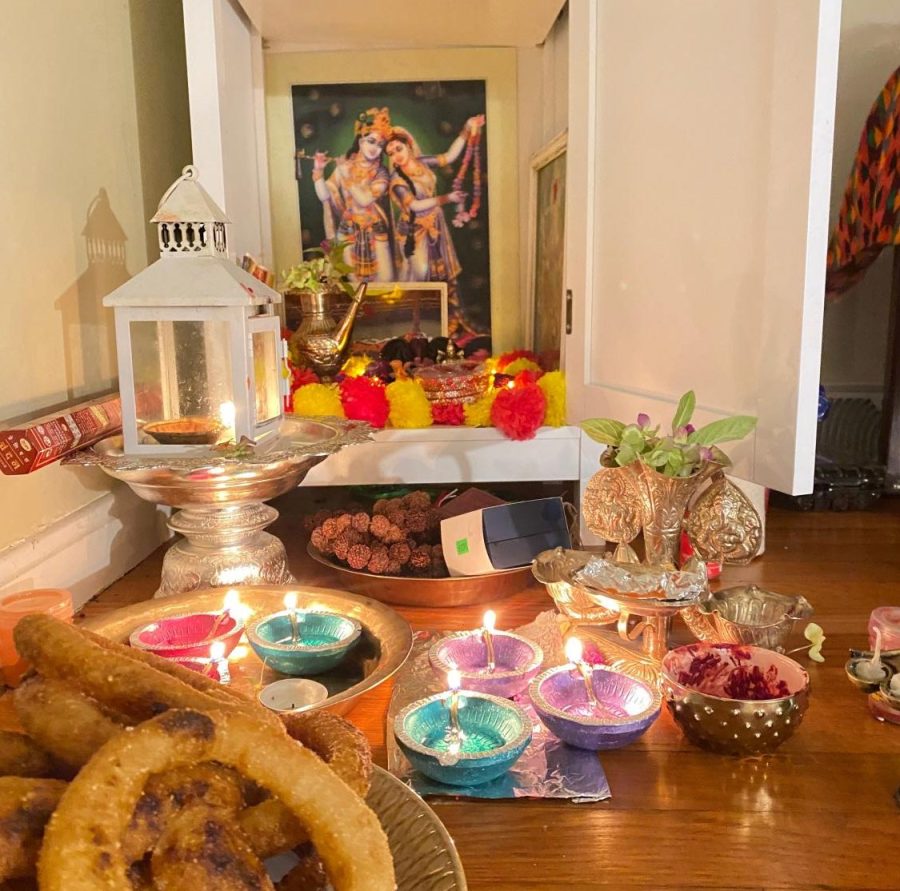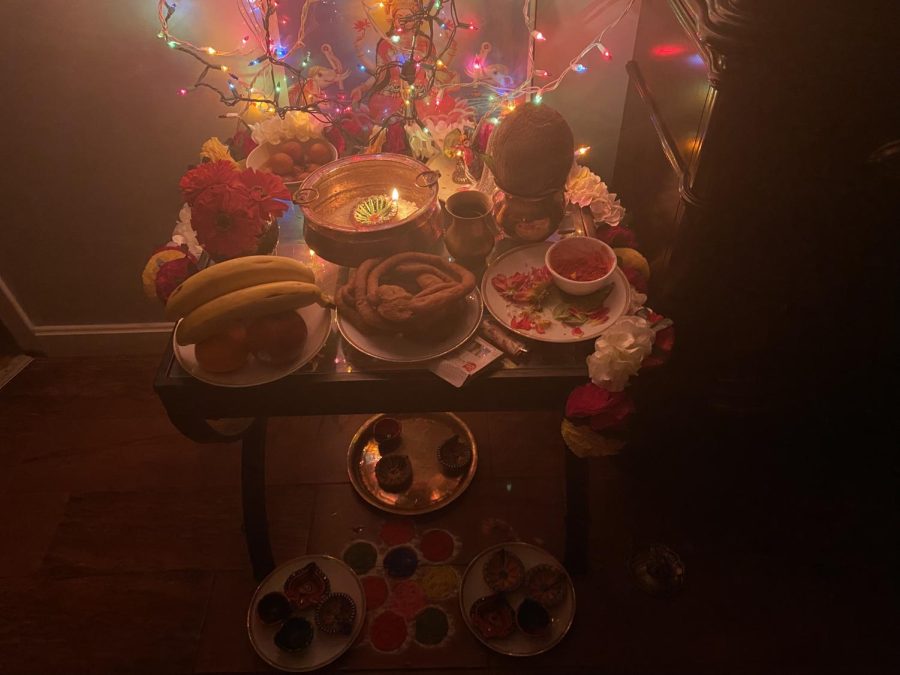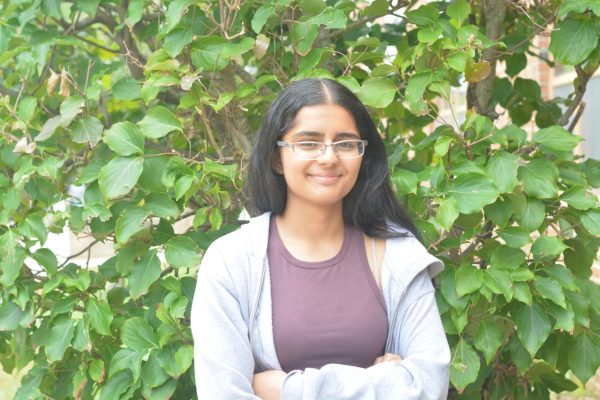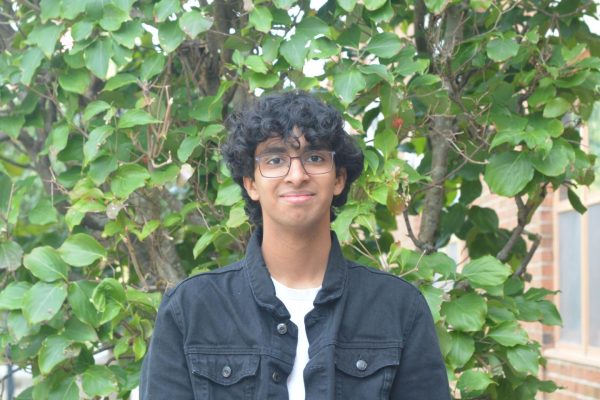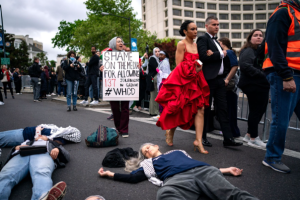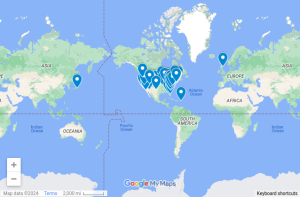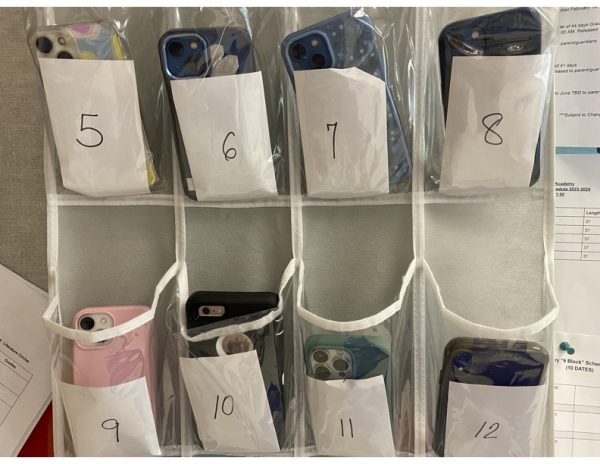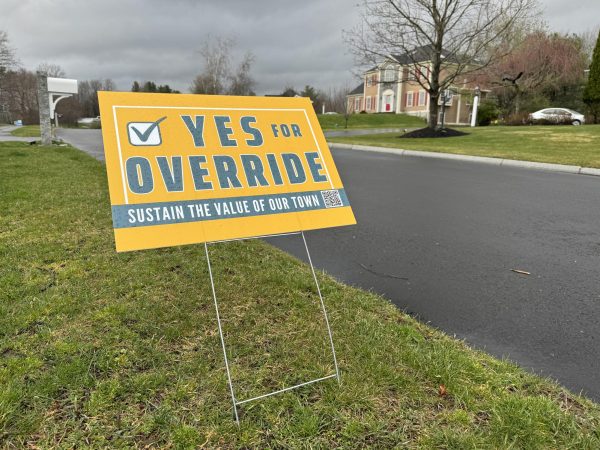Diwali day off: a step in the right direction
November 8, 2022
Diwali is often described as a Hindu holiday that celebrates the triumph of light over darkness and hope over despair. While this much is true, many are not as familiar with the variety of customs and traditions that encompass the holiday; five days marked by prayer, flavorful foods, colorful decorations, and family gatherings.
As one of the most important holidays in South Asia, it is a time of much excitement and anticipation for the millions of Hindu, Jain, and Buddhist families that celebrate. For my own family, it has served as a way to spend quality time together and reconnect with our Nepali culture.
Most years, however, Diwali typically falls in October or November, making it difficult to balance all our academic responsibilities with festivities. Recognizing this struggle, WPS marked Diwali as a school-wide holiday this year, allowing students to fully prioritize the holiday, and relieving them of the usual stress that homework, quizzes, and tests produce.
To put it simply, this decision is a significant step forward. Not only has it allowed my South Asian peers and me much-needed time to celebrate, but solidified WA’s commitment to embracing and empowering its diverse student body. With all the positive impacts of this decision, I hope that it sets a model for future years in WA and towns across the country.
Westford’s population is more than 11% South Asian, according to the U.S Census Bureau, and a larger percentage of Westford Public Schools is made up of South Asian students. Seeing this large population finally be represented in so many ways this past week gives me hope that our school is moving closer to its mission of inclusivity.
Personally, just walking through colorful hallway decorations and seeing so many students dressed up in traditional Indian attire truly enlivened the spirit of Diwali and made me feel accepted in way like no other. I know that, when I was in middle school, I would have been hesitant to wear a traditional kurta or lehenga to school. This fear of being “too different” is one shared by many students, regardless of their culture, throughout the school. But, seeing an entire community of students, both South Asian and not, come together to embrace our heritage and holiday was eye-opening.
I realized the clothes I wear, the food I eat, and the customs I honor, are valued as something to be celebrated rather than hidden. Admittedly, it wasn’t this single event that changed my perceptions; it was the culmination of smaller moments over the course of many years. Whether it was teachers acknowledging the existence of Diwali or students complimenting our bright dresses and flavorful foods, it has strengthened my pride in identity
Before this decision, Diwali season was easily one of the most stressful times of the year for students like me. Because I am from Nepal, I celebrate Tihar, which is pretty similar to Diwali, as well as Dashain in the weeks leading up to it.
Before this decision, the seemingly endless cycle of tests, quizzes, extracurricular activities, homework, and studying was not put on hold because of these celebrations. So, unlike during our two weeks of a break during Christmas, having school for the holidays led to days of staying in my room or frantically rushing through preparations with my family.
My family’s celebrations of Diwali span over the course of five days, with the third and fifth days holding the most significance. The third day, called Laxmi Puja, involves cleaning out the house, decking our home with festive lights, and setting up diyas (oil lamps). Decorations such as rangoli (colorful patterns) and preparation for prayers, dance, and music are made, and we gather for rituals to honor Goddess Laxmi of wealth and prosperity.
The last day, “Bhai Tika”, celebrates the bonds between sisters and brothers by giving blessings, gifts, and applying “Tika” at a certain time over the day.
For the first time in almost eight years, I had the opportunity to fully experience these traditions at home. With my mother, I helped prepare sweet treats in the kitchen and decorate the house with color. Calling my family back in Nepal, we spent most of the evening with prayer rituals and ended the day with a feast of sweets and other traditional foods.
The impacts of the decision were felt beyond my own family as well, with many of my peers expressing relief over the day off. In a soundbytes by the Ghostwriter, many students share how their celebrations have been positively affected by the change.
As junior Saniya Purohit said: why should we feel afraid to embrace our South Asian culture, which is such a big part of our identities? For Purohit, the experience was extremely meaningful and helped her realize the power of our community.
“I wasn’t ashamed to walk in the halls wearing my traditional clothes, but I was proud to embrace my culture,” Purohit said. “It created a sense of safety and community, embracing the big South Asian population here in WA. And I think it showed the underclassmen and even future WA students that it’s okay to be proud of your culture.”
For so many students, these last few weeks have provided much-needed cultural validation, something that is long overdue for students across America. In light of WA’s pledge towards embracing our student body’s diversity, I truly believe this decision is proof that our words are not empty and our actions not performative.

